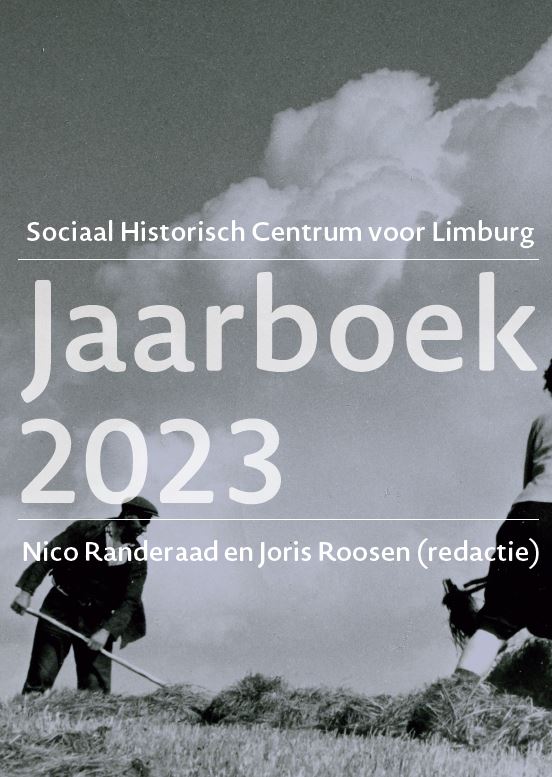Op de bres voor het 'Deutschtum' in Limburg (1933-1940)
DOI:
https://doi.org/10.58484/ssegl.v68i18465Trefwoorden:
twintigste eeuw, Tweede Wereldoorlog, grensstudies, identiteit, Limburgers (Nederland), DuitslandSamenvatting
Borders engender cultural and socio-political interaction between states. Especially in border regions, issues of nationality and identity sharpen in times of political tension. As early as 1933, for instance, Limburg faced strong influence of the rising National Socialist Third Reich, partly because of the many thousands of German migrants - ‘Rijksduitsers’ - who lived and worked there. Fierce propaganda and intimidation had to activate these so-called ‘Volksgenossen’, but in addition, the Limburgers, as ‘race-Germans’, also belonged in this Reich, according to Berlin. They had strayed from Deutschtum and had to be reclaimed with the use of propaganda. This early invasive socio-political influence process – a clear prelude to the occupation years ‘40-45’ – is examined in this article from German and Dutch sources. What was the impact on the daily lives of border residents, who traditionally fostered close ties with neighbours across the border? To answer this question, this article presents new cross-border regional research in the periphery of Limburg as a contribution to the broader historiography of Dutch WWII-history.
Downloads
Downloads
Gepubliceerd
Nummer
Sectie
Licentie
Copyright (c) 2023 Jan Brauer

Dit werk wordt verdeeld onder een Naamsvermelding-NietCommercieel 4.0 Internationaal licentie.


